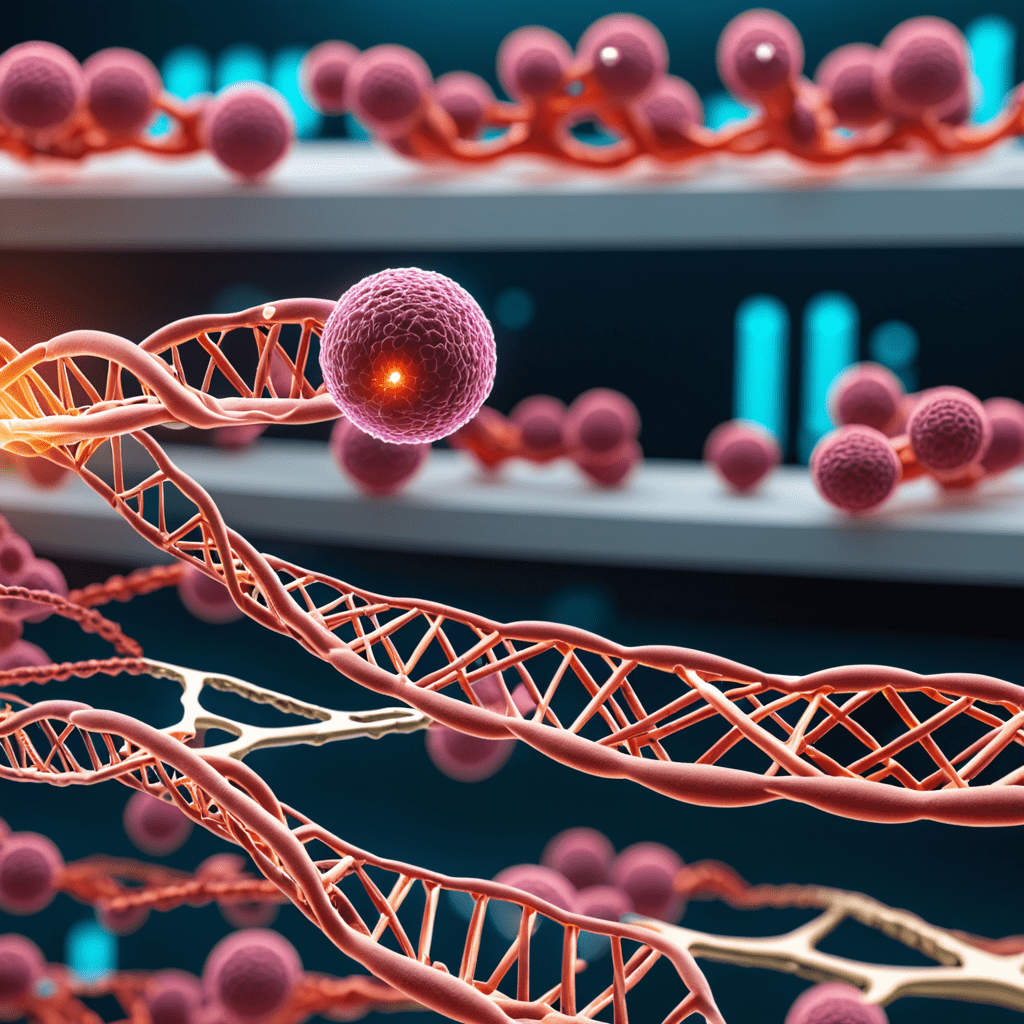The Fascinating World of Structural Genomics
In the realm of biotechnology and bioinformatics, structural genomics plays a crucial role in understanding the three-dimensional structures of biomolecules. This field delves into the study of the genome at a structural level, offering valuable insights into the intricate architecture of proteins, nucleic acids, and other macromolecules.
Importance of Structural Genomics
Structural genomics holds immense significance in deciphering the functions, interactions, and pathways of biological molecules. By revealing the spatial arrangement of atoms in these molecules, researchers can unravel the underlying mechanisms of various cellular processes.
Technological Innovations
Advancements in biotechnology have revolutionized structural genomics through techniques like X-ray crystallography, nuclear magnetic resonance (NMR) spectroscopy, and cryo-electron microscopy. These methods enable scientists to visualize molecular structures with exceptional precision.
Applications in Drug Discovery
Structural genomics plays a pivotal role in drug discovery by aiding in the identification of potential drug targets and the development of novel pharmaceutical compounds. Understanding the 3D structure of biomolecules is crucial for designing drugs that can specifically target and interact with their biological targets.
Challenges and Future Prospects
Despite its advancements, structural genomics faces challenges such as protein crystallization and data interpretation. However, with the integration of bioinformatics tools and artificial intelligence, researchers are poised to overcome these obstacles and unlock new frontiers in understanding molecular structures.
Ethical Considerations
As with any scientific endeavor, ethical considerations are paramount in the field of structural genomics. Researchers must adhere to strict guidelines to ensure the responsible use of genetic and structural data, protecting privacy and promoting transparency in their research practices.
Conclusion
Structural genomics stands at the forefront of biotechnology and bioinformatics, offering profound insights into the fundamental building blocks of life. By unraveling the complex structures of biomolecules, scientists pave the way for groundbreaking discoveries in medicine, biotechnology, and beyond.
Biotechnology and Bioinformatics: Structural Genomics FAQ
What is Biotechnology?
Biotechnology is a field that utilizes biological systems, organisms, or derivatives to develop products and technologies to improve our lives. It involves the manipulation of living organisms at the molecular and genetic level.
What is Bioinformatics?
Bioinformatics is the application of computer science and technology to the field of molecular biology. It involves the use of software tools to analyze biological data, such as DNA sequences, to understand biological processes and relationships.
What is Structural Genomics?
Structural genomics is a branch of genomics that focuses on the three-dimensional structures of proteins and their interactions within an organism. It aims to determine the structures of all proteins encoded by a genome to understand their functions and relationships.
How does Structural Genomics benefit Biotechnology?
Structural genomics plays a crucial role in biotechnology by providing insights into the functions and interactions of proteins. This information is valuable for designing new drugs, understanding disease mechanisms, and optimizing biotechnological processes.
What are the key technologies used in Structural Genomics?
Key technologies used in Structural Genomics include X-ray crystallography, nuclear magnetic resonance (NMR) spectroscopy, and computational modeling. These techniques help researchers determine the three-dimensional structures of proteins at a molecular level.


